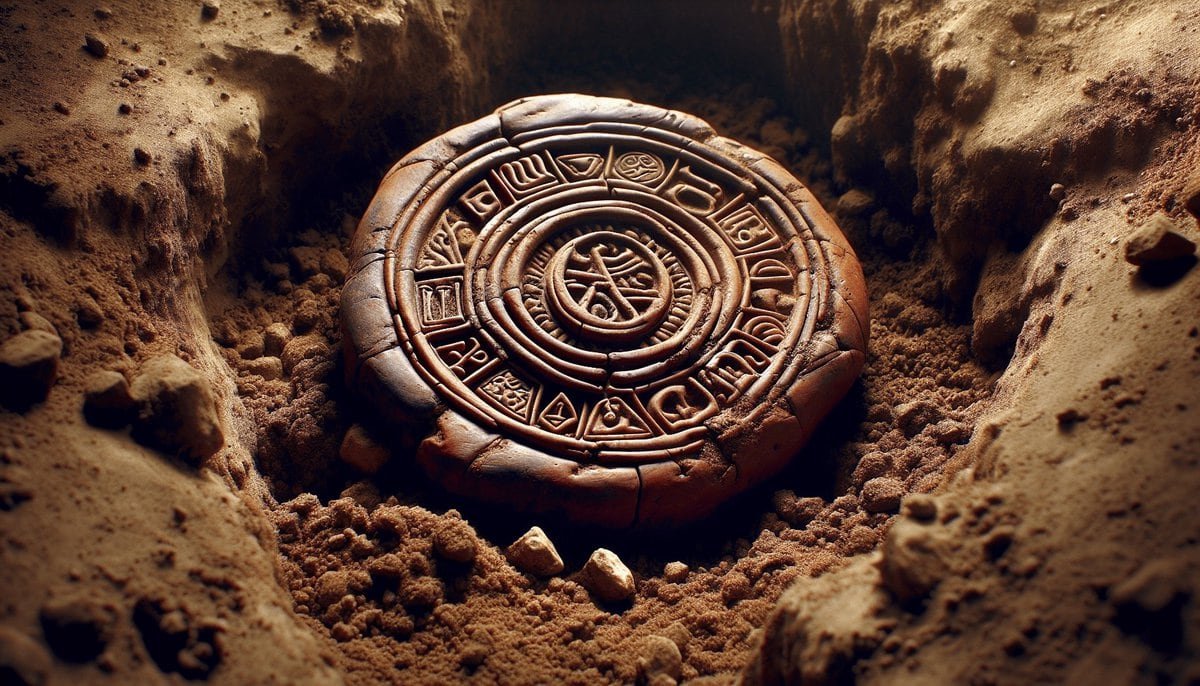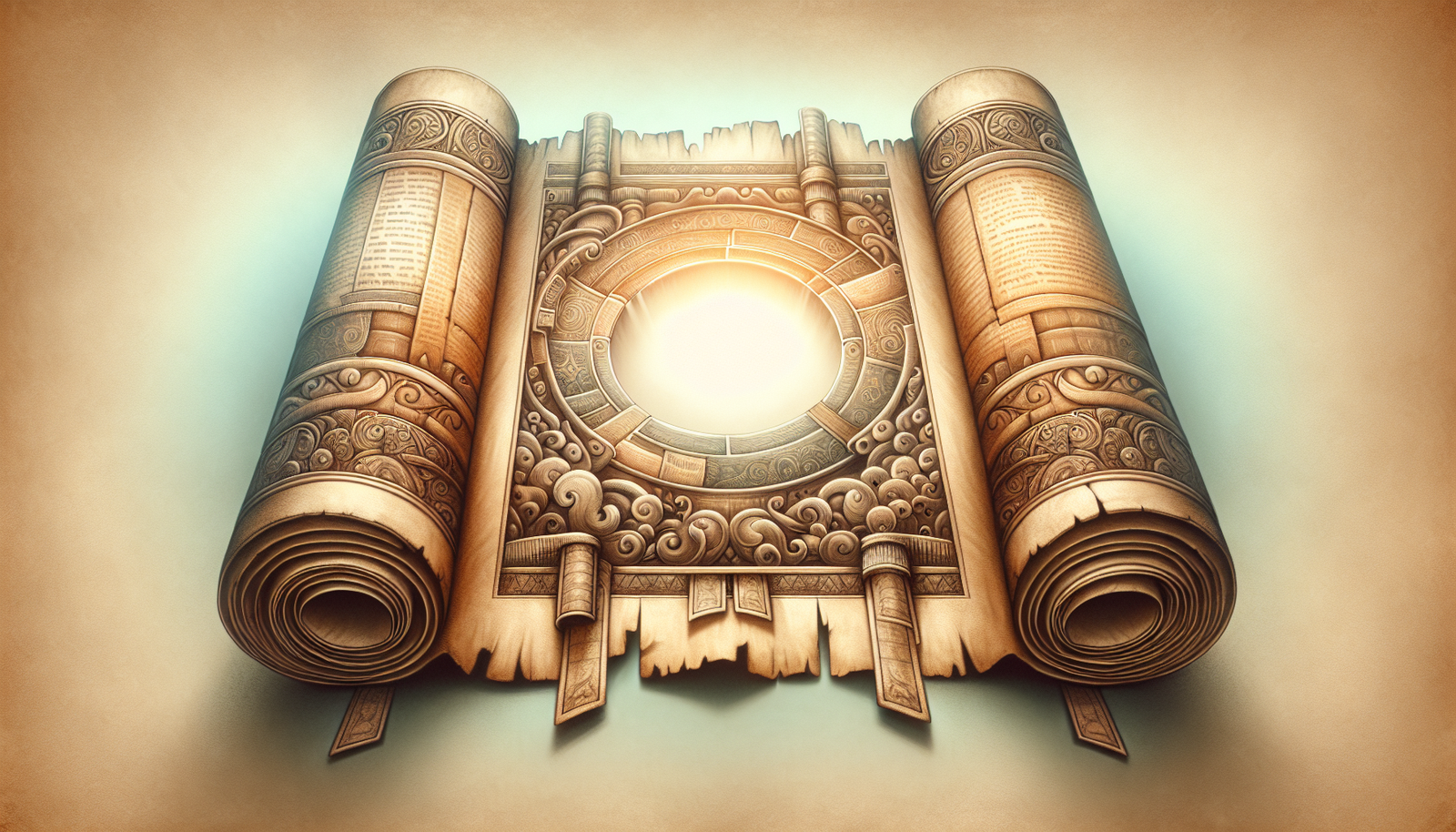Have you ever wondered how the stories of ancient texts are corroborated through archaeological evidence found beneath the earth’s surface? Such inquiries often lead you straight into the captivating domain of Biblical archaeology, where history meets faith. As scholars and archaeologists embark on explorations to unearth relics of the past, they reveal more about the world described in Biblical narratives. This field does not merely attempt to prove or disprove religious texts but endeavors to furnish a deeper understanding of the ancient societies depicted within them. In this article, you will find a discussion encompassing pivotal discoveries, archaeological evidence, and the profound significance these findings hold for historical and contemporary understanding.
The Context of Biblical Discoveries
Biblical archaeology operates at the intersection of faith, history, and science. Many discoveries within this realm can be traced back to stories and events described in the Bible.
Biblical References and Historical Background
Consider the grandiose descriptions in the Bible, such as the bustling markets of ancient Jerusalem or the storied battlefields of Jericho. Not mere tales, these accounts possess historical undercurrents that, when probed archaeologically, offer insights into past societies. For example, the Dead Sea Scrolls, discovered in the mid-20th century in the Qumran Caves, marked one of the most significant Biblical discoveries in the 20th century. Dating back to the Second Temple period, they include some of the oldest known manuscripts of Biblical texts, offering critical insights into the scripture’s early forms and the religious practices of the time.
Geographic Locations of Interest
Biblical archaeology often focuses on annotated sites in Israel and surrounding regions, significant in scriptural narratives. From Jerusalem to Nineveh, these localities yield artifacts vital to understanding the socio-political dynamics of times past. Recent excavations at Tell es-Safi, thought to be the Biblical city of Gath, have unveiled remnants that corroborate the existence of Philistine cultures mentioned frequently in the Bible.
Recent Findings
In the ever-evolving field of archaeology, discoveries continue to emerge. The unearthing of a clay seal impression, or bulla, bearing the name of one of the Biblical kings of Judah, Hezekiah, is a recent instance that lends historical credence to Biblical chronicles. Such findings contribute substantial evidence to our understanding of governance and daily life in the ancient world described by the Bible.
Archaeological Evidence and Its Examination
Archaeologists deploy myriad techniques and methodologies as they sift through layers of history.
Specific Artifacts Unearthed
Artifacts such as pottery, coins, and inscriptions form the backbone of archaeological study, offering tangible connections to the past. The Pilate Stone, for instance, discovered in Caesarea Maritima, provides extra-Biblical evidence of Pontius Pilate’s existence and governance, previously known primarily through Biblical texts.
Dating Methods Applied
Precise dating of artifacts is crucial. Methods such as radiocarbon dating, dendrochronology, and thermoluminescence have been instrumental in establishing timelines that align archaeological findings with historical and Biblical records. These methods are not just about assigning numbers to objects; they are about framing cultural and historical contexts accurately.
Physical Descriptions of Finds
Detailed analysis of physical items is integral. For instance, the Tel Dan Stele, discovered in the 1990s, contains an Aramaic inscription that refers to the “House of David.” This artifact provides one of the few extra-Biblical references to King David’s dynasty, enhancing the historical credibility of the accounts described in the Bible.
Expert Interpretations
Professional opinions offer valuable insights that transform raw data into coherent historical narratives. As expert archaeologist Dr. Deidre Benington states, “Every artifact tells a story, not just of the object itself but of the civilization that produced it. In Biblical archaeology, these stories often challenge or enrich traditional understandings of the Bible.”
Significance of Discoveries in Modern Context
Each archaeological discovery serves to either illuminate existing historical records or rewrite them entirely.
Biblical Implications
Discoveries like the Ebla Tablets challenge and augment Biblical chronology by referencing cities and events pre-dating known Biblical mentions. Such findings necessitate a re-examination of the timelines and the interconnectedness of ancient civilizations.
Historical Impact and Modern Understanding
Historical narratives, both Biblical and secular, are being continuously reassessed. The excavation of ancient Egyptian artifacts related to the Exodus story or the study of early Christian communities like those in Bethany enrich modern understandings, challenging rigid interpretations and enlightening multi-faceted dialogues.
Current Research Status
Contemporary research in Biblical archaeology is dynamic, with scholars employing advanced technology such as Geographic Information Systems (GIS) to identify and analyze sites with greater accuracy. The collaborative nature of modern archaeological efforts, often incorporating historians, theologians, and scientists, fosters comprehensive explorations.
Conclusion
The intersection of faith and science that Biblical archaeology represents provides no definitive answers but provokes thought and ongoing exploration. As discoveries such as the Dead Sea Scrolls or the Tel Dan Stele unravel threads of history, they invite scholars and enthusiasts alike to engage with the past more critically. Continued research and excavations will likely yield even more profound insights, encouraging dialogues that reshape both religious and historical perspectives. So, while the quests for knowledge persist, remain open to how future archaeological endeavors may further illuminate humanity’s shared history.
In exploring Biblical archaeology, it becomes apparent that this field does not simply seek to affirm religious texts; rather, it aims to deepen the narrative by intertwining evidence and interpretation. The progress made is a testament to humanity’s unyielding curiosity and reverence for the narratives that have shaped cultures and societies over millennia.






